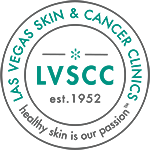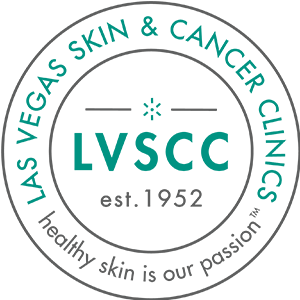About Lichen Planus
What is it?
What causes it?
Common treatments
A dermatologist often can tell whether you have lichen planus by looking at your skin, nails, and mouth. To make sure that you have lichen planus, your dermatologist may do a skin biopsy. There are many different ways to treat this, and your doctor will walk you through what these are, based on your diagnosis. Options can be as simple as taking an antihistamine, a topical ointment, or prednisone in pill form. All treatments depend on your diagnosis, so schedule an appointment today if you are concerned that you have lichen planus.
Our Approach & Expertise
Lichen planus can be a persistent and uncomfortable skin condition, often affecting not just the body, but quality of life. Our experienced providers are here to offer relief through personalized, evidence-based care. We take the time to understand your symptoms, triggers, and concerns, then develop a treatment plan tailored to your specific needs. With a focus on both skin health and emotional well-being, we’re committed to supporting you with compassionate, expert care at every stage of your journey. At Las Vegas Skin and Cancer Clinics, we treat more than just skin—we care for the people in it, every step of the way.


